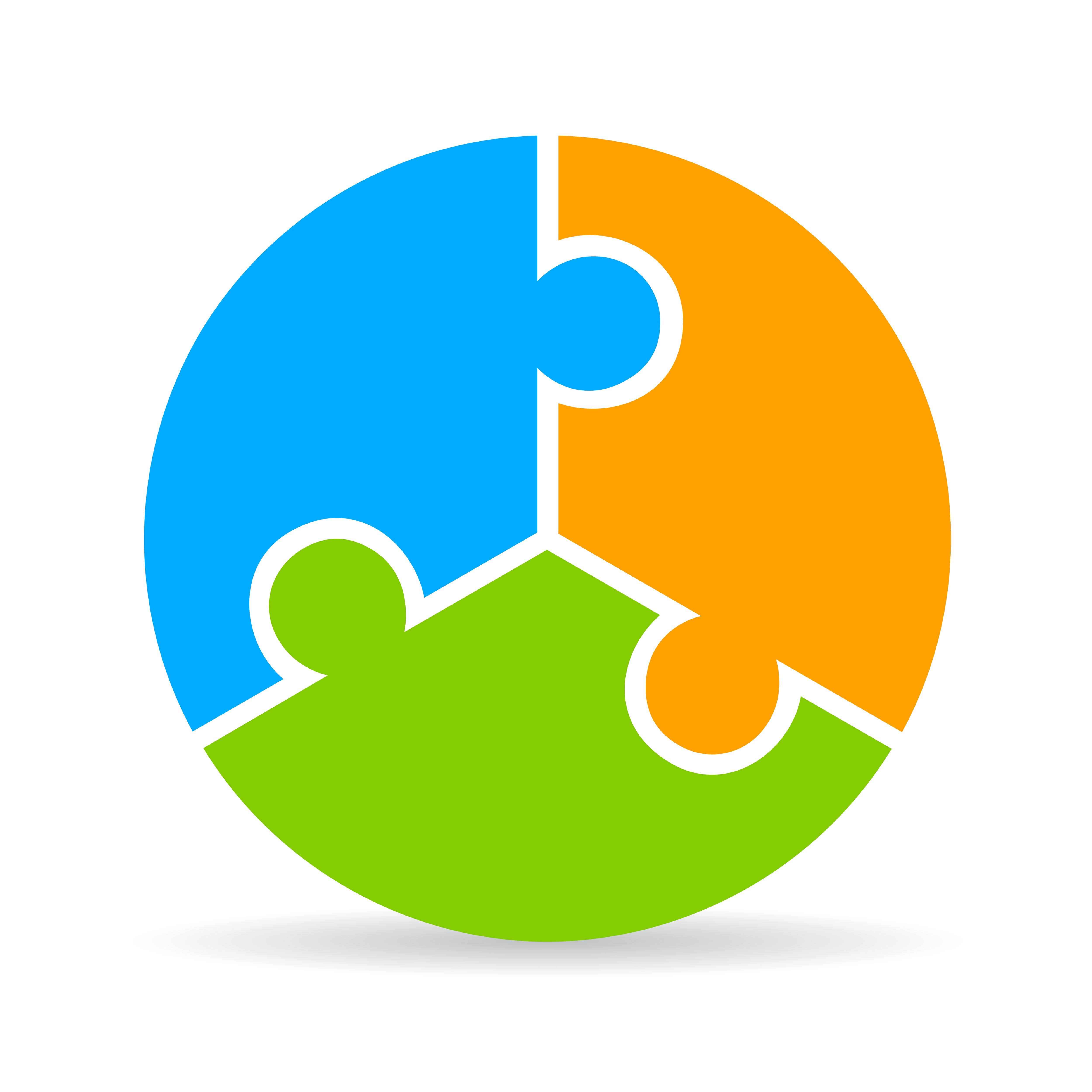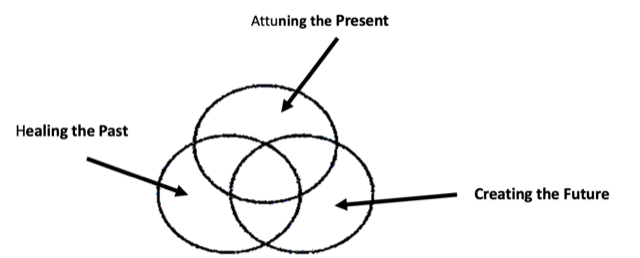
I have been struck over the years by both the courage and struggle couples experience in their relationships, inspired by their capacity to repair, forgive, reconnect and in awe of their abilities to rebuild when the obstacles seem overwhelming and insurmountable. Ordinary everyday couples do extraordinary things; healing the deepest wound, taking responsibility for betrayals, atoning and attuning with each other and eventually creating a safer, stable and connected future together.
Couple therapeutic practice is dynamic and continually evolving. Over the next series of RIA articles, I want to share with you some practice and training insights I have gathered while training over 2500 therapists in Gottman methods and completing over 12 000 hours in couple’s therapy. My hope is this series will support therapists in a very practical sense, sharpening assessment formulation, conceptualising couple repair through the repair continuum lens and finally exploring intervention to aid in deeper couple repair and healing.
The first article is the Formulation HAC- Healing the past, Attuning the Present and Creating the Future
The second article is the Repair Continuum- Creating a lens for therapists to distinguish between different relationship injuries and the repair interventions required for each.
The third article will take a deeper dive into Relationship Repair Interventions exploring repairs in motion, those small missteps in couple communication; Restorative Dialogue-an atoning conversation and finally we will discuss a couple’s Trigger Management Approach when old hurts, memories and triggers resurface.
A Formulation HAC
Gottman therapy offers a very comprehensive and thorough assessment and feedback process, including the Gottman Connect online assessment, the oral history interview, individual sessions, and the feedback session. Every relationship brings its own unique signature and complexity, and it is essential the therapist carefully and accurately formulates and conceptualises each couple’s presentation from the rich assessment data collected. This formulation is an assimilation of the assessment phase, bringing into focus the couple’s areas of strengths, challenges, co morbidities, family histories and attachment styles. Thorough formulation requires concerted thinking and reflection time to create a comprehensive narrative, a picture if you will, of the relationship. Through this formulation the therapist, in collaboration with the couple, develops shared treatment goals that create the direction for meaningful relationship therapy.
John Gottman discusses the three domains for therapeutic goals and bi-directional influences between parts of the sound relationship house which provide a structure in conceptualising each couple.
This is illustrated in the diagram below.

The three domains assist the therapist in identifing the strengths, challenges, and goals the couple hold in the three domains of conflict, friendship and shared meaning and allow for specific content areas within those areas to be addressed.
A Formulation HAC is a model that has evolved through teaching and practicing Gottman Therapy that I have found instructive in providing the next level of detail in formulations, connecting the three domains of friendship, conflict, and shared meaning to the couple’s past hurts, present challenges and future creations. This very practical hack organises formulation and treatment goals into three time spans – Past, Present and Future. Each time span is described with a therapeutic intention; Healing, Attuning or Creating. With this in mind, we can organise the formulation, goals and interventions into the three areas of Healing the Past, Attuning the Present and Creating the Future.
HAC - Healing the past, Attuning the Present and Creating the Future is an addition to conceptualisation that explores the past hurts requiring healing, the present interactions and connection of the relationship and the future dreams, visions, and plans. HAC is used in conjunction with the Gottman Three Domains.
HAC, like Gottman Three Domains is also bi-directional and identifies treatment goals and intervention as represented in the below Venn diagram.

HAC acts as the handrails of therapy that guide the treatment goals and bring into sharp focus the healing conversations the couple require and the interventions the therapist uses for those conversations.
Healing the Past
The past doesn’t always stay in the past and can lurk in the present, creating a negative lens in which the relationship is experienced. Relationships carry old injuries, scars formed from unfortunate incidents and fights, betrayals, affairs, addictions, and moments of being turned away from in small and large ways. Injuries, past pains, and betrayal become the fabric of the relationship and require restorative dialogue between the couple. This restorative dialogue allows the possibility of deeper repair, responsibility taking, validation, atonement, and forgiveness. As John Gottman said, past hurts act as a stone in the shoe of the relationship, creating ongoing discomfort.
Typical Treatment Goals and Interventions
Healing the Past treatment goals will move between unilateral issues such as infidelity and betrayal to more bilateral type incidents and fights where the couple have created pain and hurt towards the other in unfortunate incidents and fights.
Gottman interventions used in this stage include Attone, Attune Attach, the Restorative Dialogue (which I will talk more about next article), the Aftermath of a Fight and the Gottman Rapoport Intervention. Of course, where needed the Four Horseman and Flooding interventions are used to regulate negative interaction. Across all phases of therapy, the step-in interventions such as the Dan Wile and the Internal Working Model are used to deepen the emotional experience for the couple.
Attuning the Present
Couples commonly present with multiple issues that disrupt their attunement and connection. Entrenched negative interaction cycles and the escalation of conflict creates a state of negative sentiment override in the relationship. Gridlocked perpetual issues further drive negative escalation, and couples slide down the distance and isolation cascade. Emotional connection, intimacy, and friendship in the relationship struggle and negativity becomes the absorbing state. The couple’s experience is typified with a sense of not being known, liked and there for each other. Eventually, the couple withdraw from the pain of negativity and the absence of any positivity is also acutely felt.
Attuning the Present is as much about reducing negative interaction, reducing the four horseman and flooding, and moving the couple gridlock to dialogue as it is about rebuilding the friendship systems developing a culture of appreciation, connection and intimacy.
Typical Treatment Goals
Initial treatment goals centre on creating stable and safe interaction patterns by the illumination of destructive interactions such as criticism, defensiveness, contempt and stonewalling and the management of diffuse physiological arousal. Identifying the couples gridlock issues and moving to more constructive dialogue and to temporary or experimental compromises.
Gottman interventions used in this stage to deescalate negativity include the Dreams within Conflict, the Gottman Rapoport, Four Horseman and Flooding interventions, the Flooding Ritual Break Activity and the Repair Checklist. Intervention to build connection and intimacy include the Rapoport Conversation, the stress reducing conversation, state of the union conversation, the Gottman card deck app including love maps, open ended questions and salsa card and the Meta Emotion Interview
Creating the Future
Relationships can be a place of great discovery, a journey of building emotional connection and attachment over years, understanding the fabric of each other personalities, values and philosophy. They are about creating a shared meaning about what the relationship stands for, what it holds as important, what it honours and dreams about, creating legacy. Couples need to understand the individual dreams and goals of each other, the individual pursuits and ambitions their partners hold. Masters of relationship honour their partners dreams, they view the relationship as a supportive platform to encourage, nurture and action individual dreams and goals.
Typical Treatment Goals
Treatment goals centre on deepening conversations on developing the couple’s legacy, how important shared values and ethics evolve into a building a future with intention and the development of rituals of connection that generate predictability and meaning across all areas the relationship.
Goals also will emerge from the existential or hidden dreams that exist in gridlock perpetual issues for the individual and are relevant to supporting individual goals within the relationship.
Gottman interventions used in this stage including the Gottman Rapoport Conversation, the Creating Shared Meaning exercise and questionnaire, the ritual of connection cards and the expressing needs cards.
This formulation HAC is a helpful and simple organising framework to assist in constructing a comprehensive and coherent narrative that assimilates the significant assessment data collected with the intention of creating a detailed treatment plan with collaborative goals that guide therapy.
